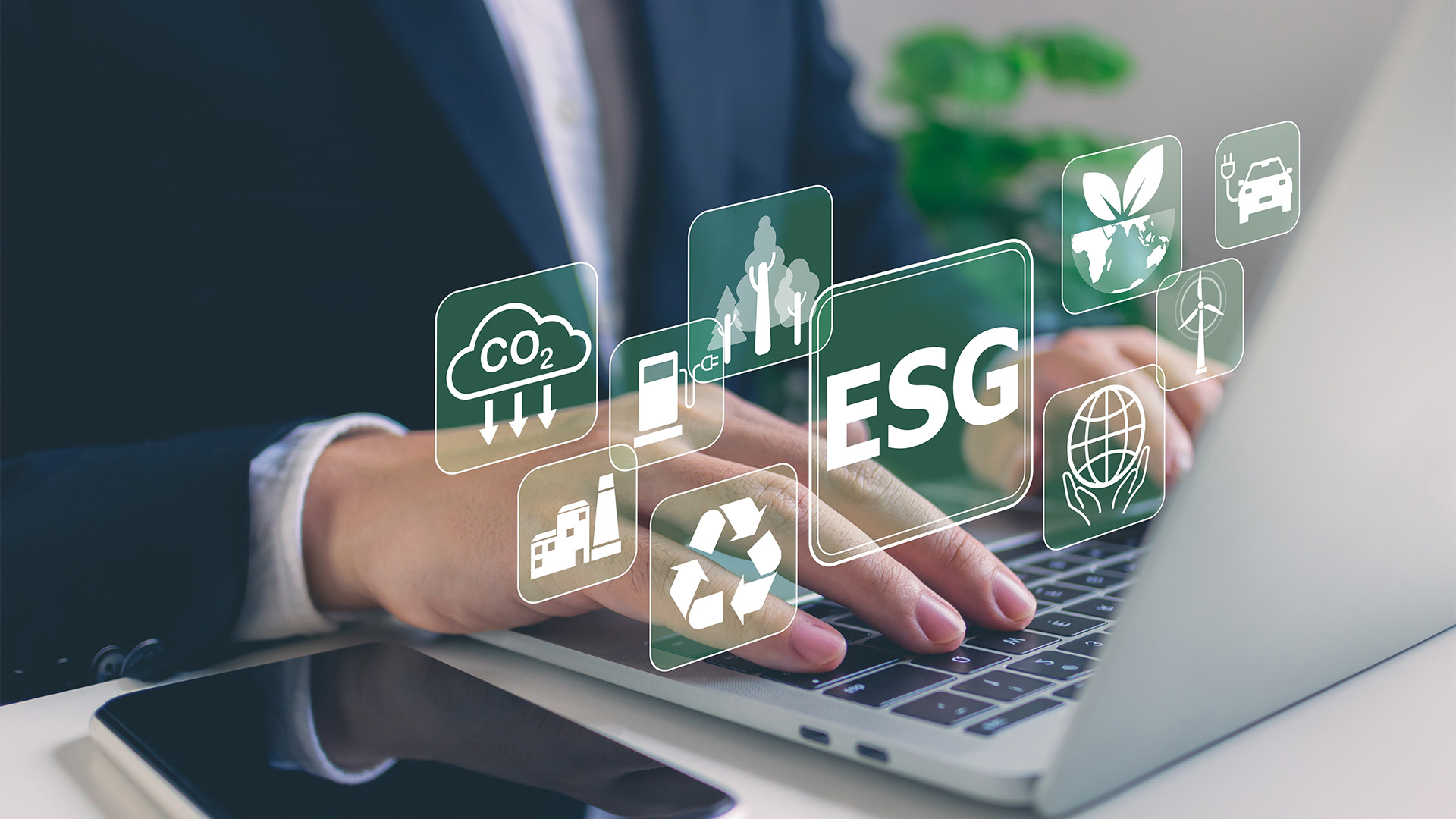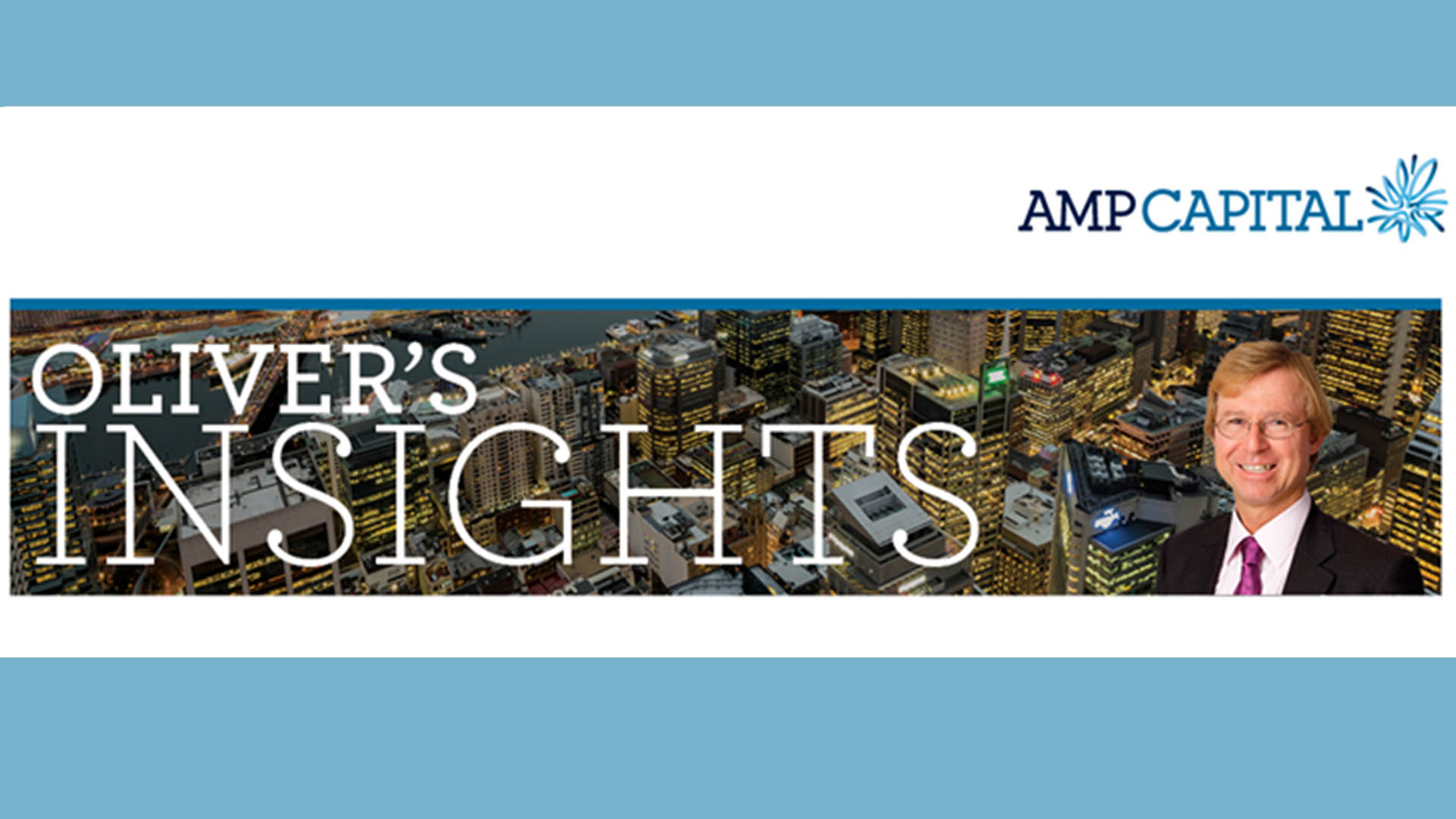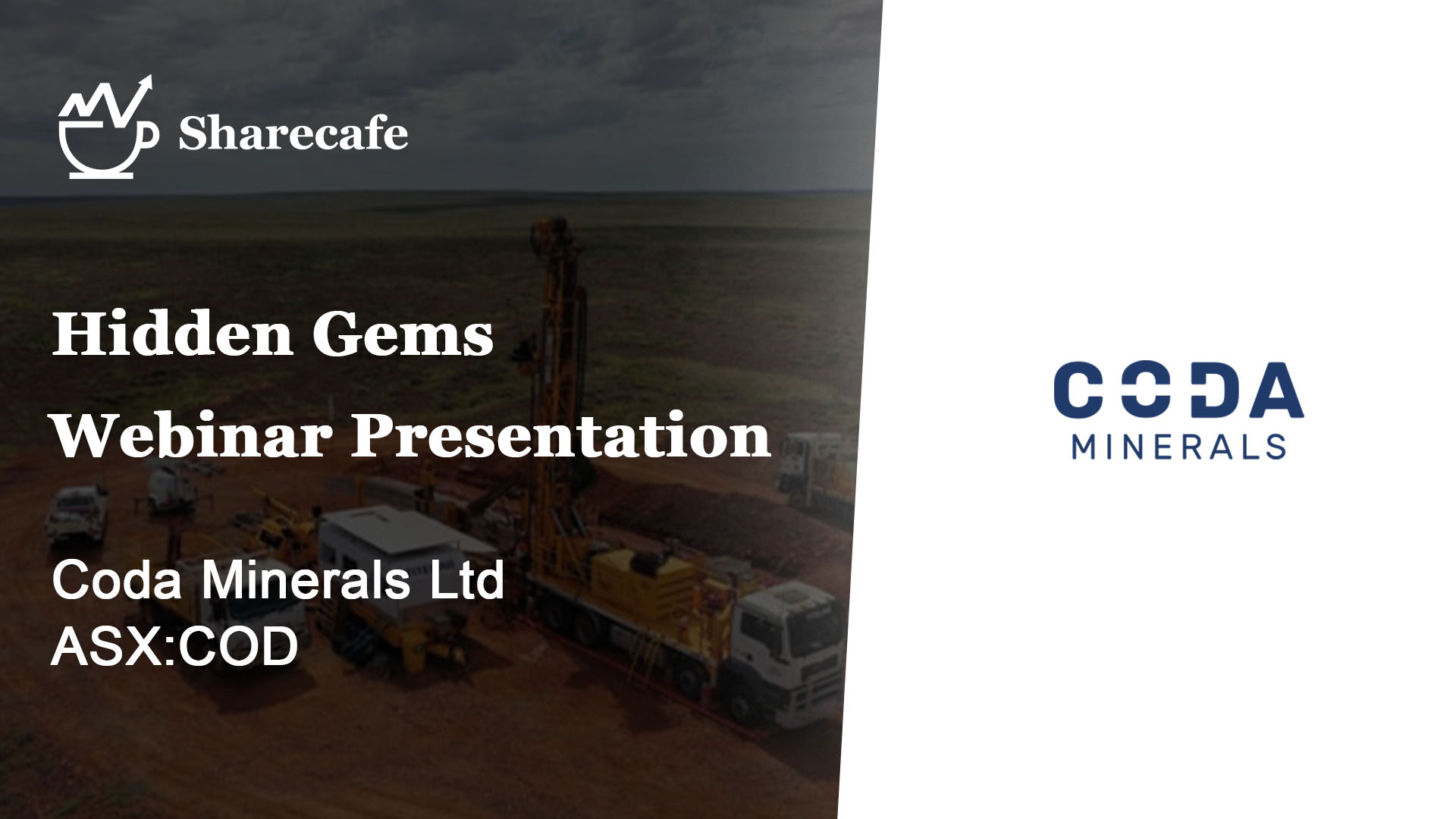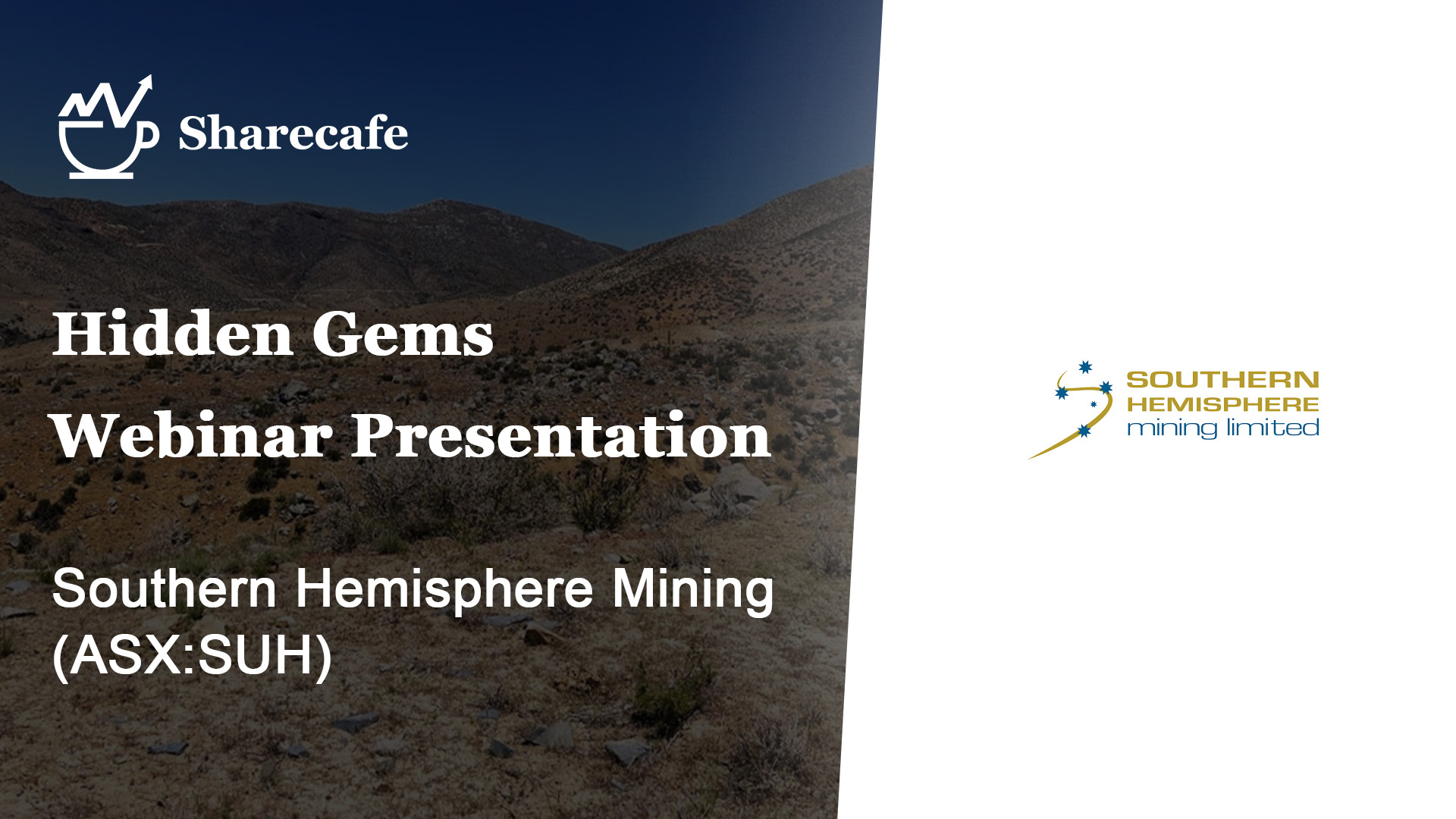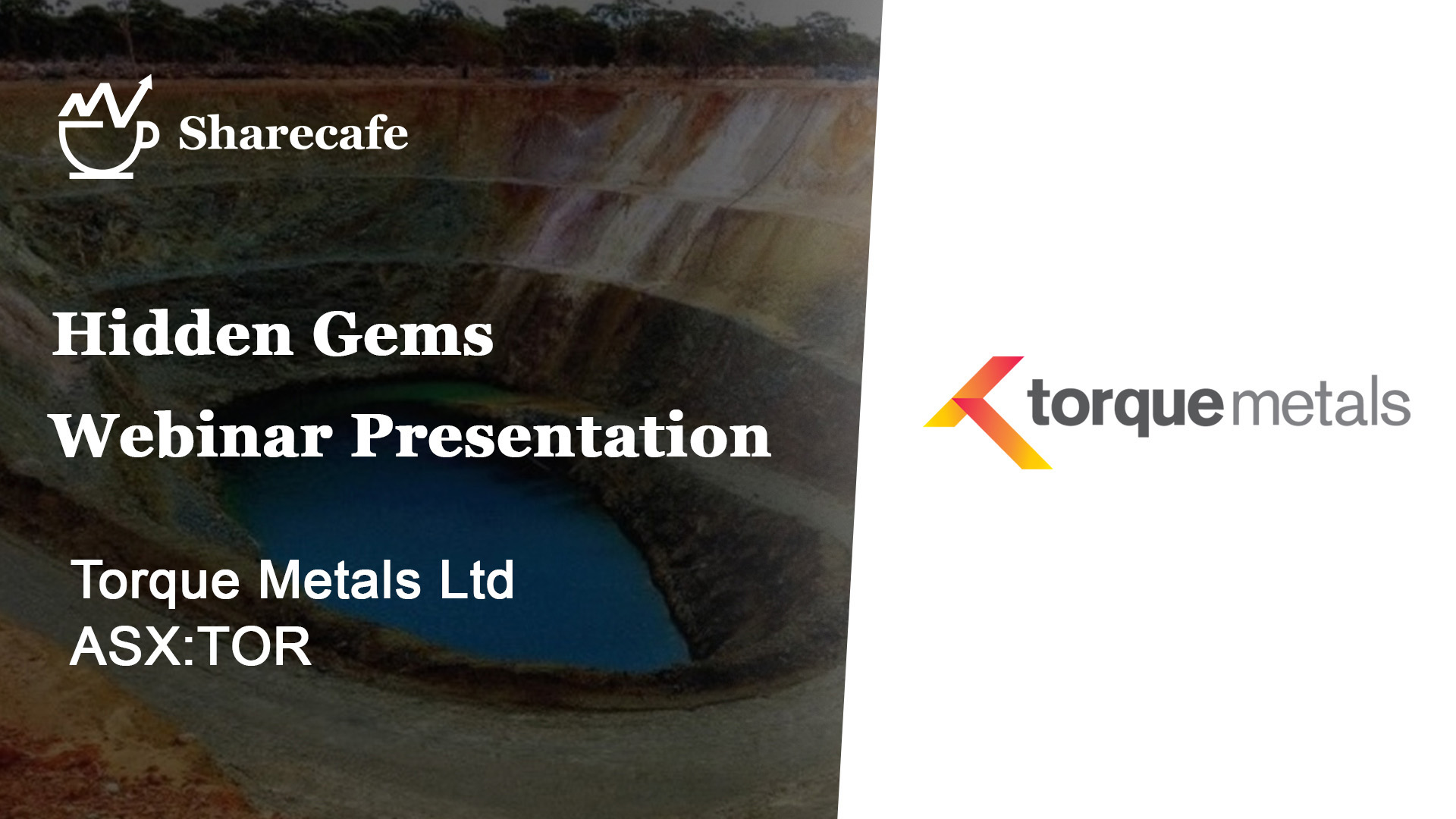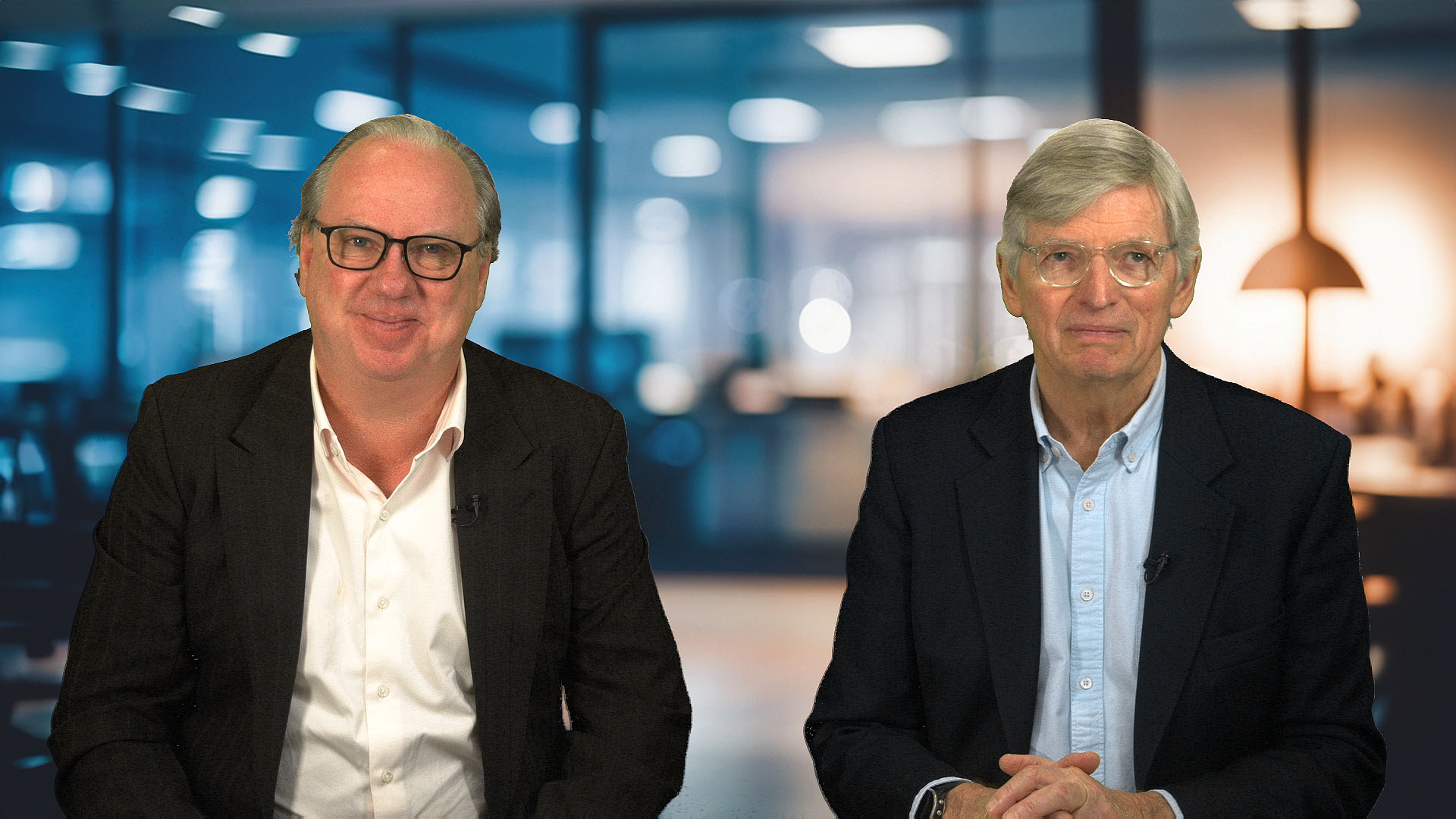By Tim Wood, Portfolio Manager and Head of ESG, IML
Both financial advisors and investors have told me that they don’t like to see companies spending money on ESG. Many see it as window dressing: fluffy stuff. It’s true that this can be the case, companies can waste lots of money on things that don’t really make a difference to the bottom line. But like most things, it’s not black and white: we think each spend needs to be assessed on its own merits.
Different ways companies spend money
Companies spend money in a wide variety of different ways. Much of it is classified as opex (operational expenditure) the everyday things that companies need to keep their businesses running like wages, rent, inventory, raw materials and other inputs, like electricity. Capex (capital expenditure) on the other hand generally refers to larger outlays, to upgrade or maintain existing property and equipment, or for new investments.
Capex spend broadly falls into two buckets:
- Return-seeking, or profit-seeking, capex: where a company spends money in order to try and increase profit. Things like opening a new store, buying a business or starting a new product line.
- Maintenance capex: necessary spend in order to keep the company running. For example maintaining necessary equipment, refreshing the look & feel of a store or buying new equipment and vehicles when the old ones need to be replaced.
Most return-seeking capex tends to be expansionary, like the examples listed above, trying to increase the size of the business, so increasing revenue and hence profit. But there are other types of capex spend which are also return-seeking, but don’t increase revenue. The other way of increasing profit is by reducing expenses, and ESG spend often falls into this latter category.
ESG spend often reduces expenses and so increases profit
When companies spend money on ESG, it’s often to offset risk or to save cost. The most common sort we see is where a company seeks more efficient equipment or to replace some of its energy use with renewable energy.
For example many companies put solar panels on their factories or distribution centres. This is something that has been done thousands of times before, so the risk is quite low and it’s easy to calculate the costs and benefits. The cost of buying and installing solar panels can be calculated accurately, we know how much sunshine the panels will receive on average and the cost of electricity, so we can calculate the return on investment. We view this kind of expenditure as a sensible investment – companies reduce costs and at the same time they reduce emissions.
Charter Hall Retail (CQR) is on this path. It owns a large network of neighbourhood shopping centres and is aiming to lower its emissions and reduce electricity costs. It started by installing solar panels on a single site and then once that proved successful it is now rolling out solar panels across most of its real estate. As a result of this investment program, CQR now expects to reach Net Zero by 2025. This type of capex spend makes particular sense for CQR as it needs electricity most during the day when its shopping centres are full and its staff are working – exactly when it is generating most electricity from solar.
Spending on positive social outcomes can be similar. Many of the better performing companies – particularly in industries like mining, manufacturing and distribution – tend to have invested heavily in improving their occupational health and safety (OH&S). It’s often a virtuous circle where companies that invest in OH&S see reductions in workplace injuries and so reductions in workers’ compensation claims, reduced sick leave and lower insurance premiums. This then leads to a better workplace culture, with more productive employees and better employee retention – all of which adds up to lower costs and stronger, more predictable overall operational performance. Similar to renewable energy spend, this type of spend has been done many times before, it’s relatively low risk and reasonably easy to calculate the return on investment.
More speculative ESG spend
For the examples above it’s relatively easy to calculate the risk/return and so factor that into our normal, fundamental company analysis. However, there are other examples where it’s less clear cut.
Orora (ORA), the packaging company, is converting one of its three glass bottle production lines to burn oxygen rather than natural gas. This will significantly reduce the carbon emissions from this furnace and, with carbon costs set to rise, the returns on this investment are likely to improve over time and also de-risk a potential further investment in converting the other two glass production lines. Woodside (WDS) is currently trialling hydrogen in a couple of its sites. It wants to learn more about the economics of creating, storing, transporting and contracting hydrogen to customers before it commits to larger projects.
The capex spend described by Orora and Woodside above is common when companies see technology risk and are seeking to mitigate it. They typically start with a small trial project before moving on to larger projects, or making a fundamental change to their businesses. We classify this kind of ESG spend more like R&D (Research & Development) spend. It’s not immediately return-seeking, but seeks to increase profit or reduce risk over the medium to long term. It’s also a smaller spend, which is proportionate to the risk or return potential.
Then there are other, bigger bets companies make. They might invest large amounts of capex on more speculative projects or acquisitions. They might make wholesale changes to their businesses without comprehensive testing and trial programs. These kinds are much riskier and it’s much harder to accurately calculate the risk/reward potential. For example Fortescue is making a big bet on hydrogen, spending 10% of profits generated from its established iron ore business on Fortescue Future Industries (“FFI”), where it is focussed on hydrogen development. It’s pretty speculative at this stage, as the commercial viability of hydrogen is in its infancy, so for us the risk and reward doesn’t stack up at this stage. But it’s certainly an opportunity we will continue to monitor closely.
Like all capex spend – the details hold the answers
Fundamentally, we treat capex spend on ESG the same as any other capex spend. We look at what the company is trying to achieve, the likelihood of it achieving it, and the return if it does. We then adjust our investment analysis accordingly. This makes it no better, or worse than any other capex spend. However, there is a slight difference in what it signals. For us, when companies are spending money on ESG in a sensible way, that is likely to deliver greater profit, it shows they are carefully planning for their future. This makes it more likely they will be good long-term investments.
For more of Tim’s thoughts on ESG and responsible investing, read the Natixis Investment Managers white paper on ‘Global investment opportunities in the energy transition.’
Disclaimer
While the information contained in this article has been prepared with all reasonable care, Investors Mutual Limited (IML) (AFSL No. 229988) accepts no responsibility or liability for any errors, omissions or misstatements however caused. This information is general in nature and does not constitute personal advice. This advice has been prepared without taking account of your personal objectives, financial situation or needs. Investors should be aware that past performance is not a reliable indicator of future performance. The fact that a particular security may have been mentioned should not be interpreted as a recommendation to buy, sell or hold that stock. Any reference to a particular security is general in nature and should not be taken as an endorsement by IML. IML is the responsible entity for the IML Funds. A product disclosure statement (PDS), target market determination (TMD) and Investment Guide are available at www.iml.com.au. Prospective investors should consider the PDS and TMD before deciding whether to invest, or continue to invest, in the Fund.


